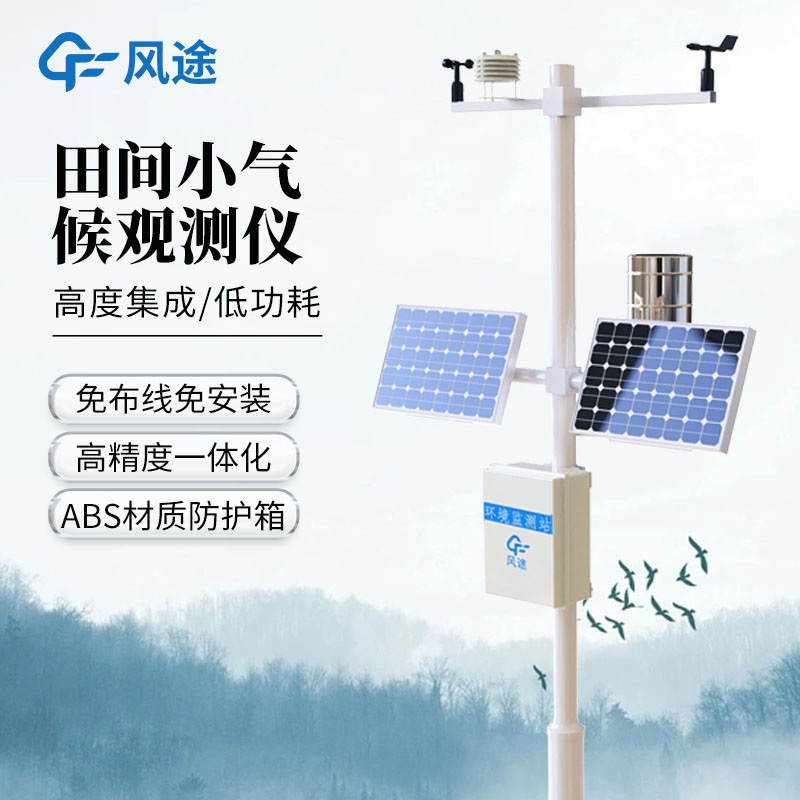The most significant function of Agricultural Weather Stations is to provide accurate meteorological data for agricultural production, enabling farmers and agricultural workers to make scientific decisions, so as to increase crop yields and quality and reduce losses caused by meteorological disasters.
Agricultural production is a complex process that is greatly influenced by natural factors, and meteorological conditions are key variables among them. During the growth cycle of crops, meteorological disasters such as drought, flood, rainstorm, hail, frost, and high temperature may occur at any time, seriously threatening the growth and harvest of crops.
Drought can lead to a severe lack of soil moisture. The roots of crops have difficulty absorbing sufficient water, causing the plants to wither, the growth process to be severely hindered, and even death. The absorption and transportation of nutrients are also greatly affected, resulting in a sharp reduction in yield and a decline in quality.
Floods can cause a large amount of water to soak the roots of crops for a long time, causing them to rot due to lack of oxygen, and the plants die accordingly. Farmland is washed away, crops are washed down, and the risk of total crop failure increases greatly. It is also likely to trigger the breeding and spread of diseases and pests.
In addition to potentially causing floods, rainstorms can also cause serious soil erosion. A large amount of fertile topsoil is lost, and soil fertility is greatly reduced. Their strong impact can also damage the stems and leaves of crops, affecting photosynthesis and normal growth.
Hail falls from the sky and directly damages the stems, leaves, flowers, and fruits of crops, causing serious mechanical damage. In severe cases, crops will be completely destroyed, resulting in total crop failure.
When frost strikes, the low temperature causes the water inside the cells of crops to freeze. The ice crystals damage the cell structure, and frequent occurrences of leaf frostbite and fruit drop seriously affect the yield and quality.
In high - temperature weather, the respiration of crops intensifies, consuming too many nutrients, affecting the accumulation of photosynthesis products. It also reduces the viability of pollen, affecting pollination and fertilization, leading to a decrease in the seed - setting rate.
Agricultural Weather Stations are one of the measures to resist the above - mentioned meteorological disasters.
Agricultural Weather Stations use a variety of high - precision sensors to monitor meteorological elements such as air temperature, humidity, light, wind speed, wind direction, air pressure, and precipitation in real - time. When the possibility of a meteorological disaster is detected, the weather station will quickly activate the early warning mechanism and timely transmit disaster early warning information to farmers through various channels such as text messages, WeChat official accounts, and radio.
Throughout the growth cycle of crops, the weather station will also provide farmers with suggestions on the best timing for agricultural activities such as fertilization, spraying pesticides, and pruning based on meteorological data and the growth stages of crops. This helps farmers manage farmland scientifically, effectively increase crop yields and quality, reduce the risks brought by meteorological disasters, and ensure the stability and sustainable development of agricultural production.

Article address:https://www.sqqx.net/en/news/566.html

 +86 15898932201
+86 15898932201



